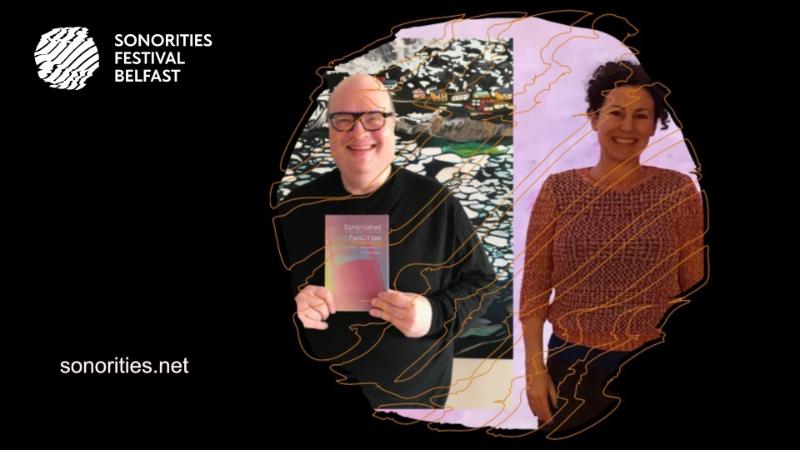Domesticating Time-Stretching, 1974-1981
- Date(s)
- April 9, 2022
- Location
- Sonic Lab Sonic Arts Research Centre,QUB
- Time
- 16:30 - 17:30
What do Talking Books for the blind and Parliament-Funkadelic have in common? They both made use of audio playback tools that can vary pitch and playback rate independently of one another, a technique now called time-stretching (or sometimes pitch-shifting). Sterne and Mills have previously written about the invention and early development of time-stretching technology in the 1930s and 40s by engineers and lead users, namely expert blind aural readers and experimental electronic composers (PMLA and Triple Canopy, 2020). In this talk, we consider the early adopters of the first affordable, commercial time-stretching tools in the late 1970s and early 1980s: blind subscribers to the National Library Service for the Blind in the U.S., who acquired cassette recorders (the C-80 and the C-1) with “pitch restoration” from their local libraries; and musicians/producers who used the Eventide Harmonizer in recording studios. Variable speed control and speech compression not only allowed aural readers to engage with text in new ways, these tools trained blind people to experiment with sound beyond pitch restoration. We also look at the new, and often conflicting, purposes to which digital sound effects were put in the case of the Harmonizer.

